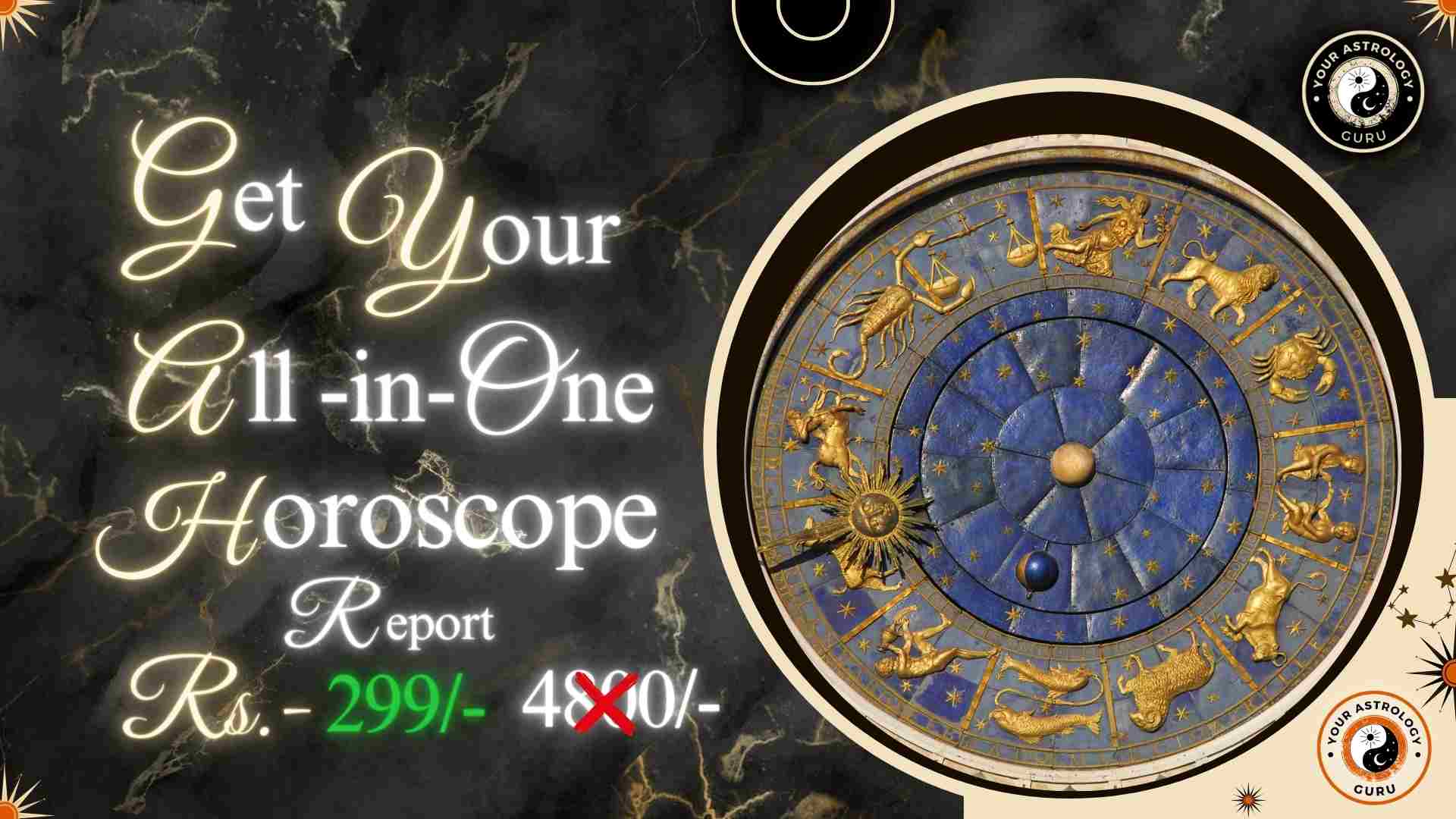KP Astrology, also known as Krishnamurti Paddhati Astrology, is a unique system of astrology that originated in India. It is named after its founder, Late Sri K.S. Krishnamurti, who developed this system in the mid-20th century. KP Astrology is known for its precise and accurate predictions, and it has gained popularity not only in India but also in other parts of the world.
Understanding the origins of KP Astrology is important because it provides insights into the ancient Indian roots of astrology and how it has evolved over time. By delving into its historical background, we can gain a deeper appreciation for this system and its significance in modern society.
Table of Contents
The Ancient Indian Roots of Astrology
Astrology has a long history in India, dating back thousands of years. It is deeply rooted in ancient Indian texts such as the Vedas, Puranas, and Upanishads. These texts contain references to astrology and its connection to Hindu mythology and philosophy.
In Hindu mythology, the celestial bodies are considered divine beings with their own personalities and influences on human life. The planets are believed to be gods and goddesses who govern different aspects of life, such as love, wealth, health, and career. Astrology is seen as a means to understand and align oneself with these cosmic forces.
In ancient Indian philosophy, astrology is seen as a tool for self-realization and spiritual growth. It is believed that by studying the movements of the planets and their effects on individuals, one can gain insight into their karmic patterns and work towards their spiritual evolution.
The Evolution of Astrology in India
Over the centuries, astrology in India has evolved into different schools or systems. Each school has its own unique methods and techniques for interpreting astrological charts.
Some of the prominent schools of astrology in India include Vedic astrology, Nadi astrology, and Jaimini astrology. Vedic astrology, also known as Jyotish, is the oldest and most widely practiced system in India. It is based on the ancient texts of the Vedas and focuses on the study of planetary positions and their effects on individuals.
Nadi astrology, on the other hand, is a more recent system that originated in Tamil Nadu. It is based on the belief that the ancient sages had written down the destinies of all individuals on palm leaves, which can be accessed through a process of thumb impressions.
Jaimini astrology is another system that is based on the teachings of sage Jaimini. It focuses on specific planetary combinations and their effects on various aspects of life.
In addition to these indigenous systems, Indian astrology has also been influenced by other cultures such as Persian, Greek, and Arabic astrology. These influences can be seen in the use of certain techniques and concepts in Indian astrology.
The Role of Astrology in Ancient Indian Society
In ancient Indian society, astrology played a significant role in decision-making and planning. Kings and rulers would consult astrologers before making important decisions such as going to war or getting married. Astrologers would analyze the planetary positions and make predictions about the outcome of these events.
Astrology was also used to predict natural disasters, such as floods and droughts, and to determine auspicious times for performing rituals and ceremonies. It was believed that by aligning oneself with the cosmic energies during these times, one could ensure success and prosperity.
Astrology was not only used by the ruling class but also by ordinary people. It provided guidance and reassurance during times of uncertainty and helped individuals make informed choices about their personal and professional lives.
The Emergence of KP Astrology: A Historical Perspective
KP Astrology emerged in the mid-20th century as a result of the efforts of Late Sri K.S. Krishnamurti. Krishnamurti was a renowned astrologer and mathematician who sought to simplify and streamline the process of astrology.
Krishnamurti believed that astrology should be accessible to everyone and that it should be based on scientific principles. He developed a unique system of astrology that combined the principles of Vedic astrology with modern mathematical techniques.
Key figures in the development of KP Astrology include Late Prof.
K. Choudhry, who worked closely with Krishnamurti and helped popularize this system, and Late Sri K.S. Rajagopal, who further refined and expanded upon Krishnamurti’s teachings.
The Contribution of Late Sri K.S. Krishnamurti to the Development of KP Astrology
Late Sri K.S. Krishnamurti made significant contributions to the field of astrology through his work on KP Astrology. He developed a set of rules and principles that made astrology more accessible and easier to understand.
Krishnamurti introduced the concept of sub-lords, which are specific points in the zodiac that determine the outcome of a particular event or question. He also developed a unique system of house division called the Placidus Cusp System, which is based on the concept of unequal house sizes.
Krishnamurti’s teachings emphasized the importance of accurate birth time and the use of precise mathematical calculations in astrology. He believed that by using these techniques, one could make accurate predictions and provide practical solutions to people’s problems.
The Key Principles of KP Astrology: A Brief Overview
KP Astrology is based on a set of key principles that distinguish it from other schools of astrology. These principles include the use of sub-lords, the Placidus Cusp System, and the concept of ruling planets.
Sub-lords are specific points in the zodiac that determine the outcome of a particular event or question. They are derived from the position of the planet ruling the house, the house itself, and the significators of the house.
The Placidus Cusp System is a unique system of house division that divides the zodiac into unequal segments. This system takes into account the varying sizes of the houses and provides more accurate predictions.
Ruling planets are another important concept in KP Astrology. Each planet is assigned a set of houses that it rules, and its position in these houses determines its strength and influence.
The Unique Features of KP Astrology: A Comparative Analysis
KP Astrology has several unique features that set it apart from other schools of astrology. One of its key features is its emphasis on accuracy and precision. KP Astrology uses precise mathematical calculations and techniques to make accurate predictions.
Another unique feature of KP Astrology is its focus on timing. It provides specific time frames for events to occur, which can be helpful in planning and decision-making.
KP Astrology also places a strong emphasis on the use of sub-lords. By analyzing the sub-lords, astrologers can provide detailed insights into various aspects of life, such as career, relationships, and health.
The Significance of Nakshatras in KP Astrology
Nakshatras, or lunar mansions, play a significant role in KP Astrology. Nakshatras are specific divisions of the zodiac that are based on the position of the Moon at the time of birth.
In KP Astrology, each Nakshatra is associated with a ruling planet, which influences the characteristics and qualities associated with that Nakshatra. The Nakshatras are used in chart interpretation to provide insights into an individual’s personality, strengths, weaknesses, and potential.
The Nakshatras also play a role in determining the timing of events. By analyzing the Nakshatra of a particular planet, astrologers can determine the time frame in which an event is likely to occur.
The Relevance of KP Astrology in Modern Times
Despite the advancements in science and technology, astrology continues to be relevant in modern times. KP Astrology, in particular, has gained popularity due to its accuracy and practicality.
KP Astrology is still widely used today for various purposes, such as predicting the outcome of elections, analyzing stock market trends, and providing guidance in personal and professional matters.
Its relevance in modern society lies in its ability to provide insights into the future and help individuals make informed choices. By understanding the planetary influences at play, individuals can align themselves with these energies and make the most of their opportunities.
The Enduring Legacy of KP Astrology in India and Beyond
In conclusion, KP Astrology has a rich history and a significant impact on Indian society. Its origins can be traced back to ancient Indian texts and the teachings of Hindu mythology and philosophy.
KP Astrology emerged as a result of the efforts of Late Sri K.S. Krishnamurti, who sought to simplify and streamline the process of astrology. His contributions have made astrology more accessible and easier to understand for people from all walks of life.
KP Astrology’s unique features and principles set it apart from other schools of astrology. Its emphasis on accuracy, precision, and timing make it a valuable tool for predicting events and making informed decisions.
The significance of Nakshatras in KP Astrology adds another layer of depth and insight to chart interpretation. By understanding the influence of Nakshatras on an individual’s personality and potential, astrologers can provide valuable guidance and advice.
In modern times, KP Astrology continues to be relevant and widely used. Its accuracy and practicality make it a valuable tool for individuals seeking guidance in various aspects of life.
The enduring legacy of KP Astrology lies in its ability to provide insights into the future and help individuals navigate the complexities of life. By preserving and studying this system, we can ensure that future generations can benefit from its wisdom and guidance.















